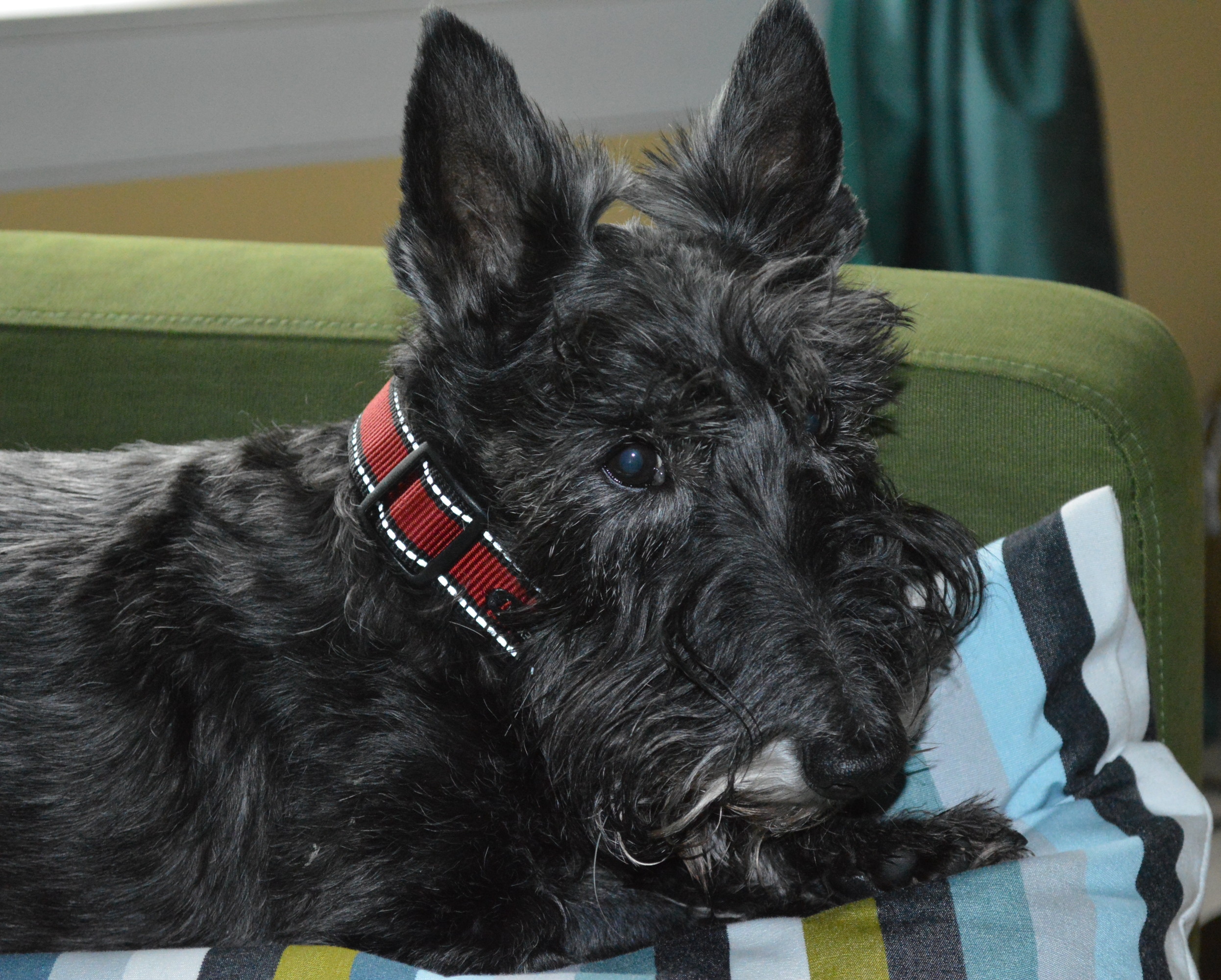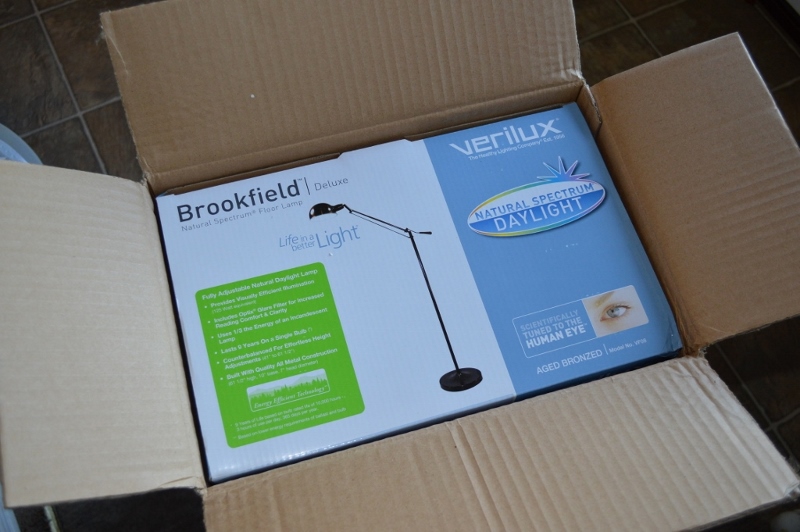In Which I Give a Pill to a Dog
Paisley, darling Paisley, love of our lives and provider of Constant Supervision, turned eleven years old on March first. Which makes her about sixty in human years, if the InterTube is to be believed. Average life expectancy of a Scottish Terrier is about fifteen, so we are counting on many many more days with her.
One fact about small long-lived dogs (she's my first one - I always had Labradors and Dalmatians before), is that their minds and bodies often outlive their teeth. I was dismayed to learn during her last checkup that Paisley was probably in excruciating pain and needed an extensive cleaning and extraction. It would have to be done under general anesthesia, and would cost north of fifteen hundred dollars.
As soon as I regained consciousness, I scheduled the appointment for her.
The day of Paisley's surgery dawned and I dutifully deposited her into the loving arms of Dr. Kennard, her lifelong vet. I kissed her on the nose and promised I'd be back soon. Secretly, I was terrified about the general anesthesia - one hears such horror stories - I warned myself of the possibility that I might not see her again.
Halfway through her surgery, Dr. Kennard called me to bring me up to speed: He had finished the left side of Paisley's mouth and removed fifteen (15!) teeth. He anticipated similar problems on the other side, and would I like to postpone that for a few weeks, or get it all over with at once? I told him I couldn't bear to put her through the process twice, and he agreed with me that the kindest thing would be to finish it up and only have one recovery.
At which point I hung up the phone and cried. How could I have allowed any of this to happen to her under my watch? Was I being selfish by not allowing her to recover one side of her mouth before the other was operated on? Was it Paisley's well-being or my fear of a second round of anesthesia driving my decision? How was she ever going to eat again?
Trying to calm myself down, I looked up how many teeth dogs have in the first place. Turns out it's 42, compared to our 32, which made me feel a little better. I went on to learn that dogs don't use their teeth the same way as humans. Rather than grind up their food before swallowing it, dogs use their teeth for tearing off chunks of larger food, then swallowing the smaller pieces whole. So swallowing small pieces of food is easy for them, even if they have no teeth at all. Which is why vets typically extract a diseased tooth, rather than performing human-type dentistry that aims to save it. Dogs who eat modern dog food are better off not taking the chance of a diseased tooth causing systemic problems.
Two more grueling hours passed before the phone rang. Dr. Kennard said Paisley was doing just fine and resting comfortably. I could collect her that evening. He had extracted twenty-four (24!) teeth, stitched her gums closed, and cleaned her remaining teeth.
When I picked her up, Paisley was understandably disoriented from the medication, but I could tell by the way she looked at me that she was MAD. I didn't care, of course, I was just happy to have her back. I got special instructions on how the stitches would eventually dissolve, how to manage three different kinds of medicines for pain and antibiotics, and how generally care for her.
Everything went pretty well until the next morning.
At which time I needed to give Paisley a pill.
I put chicken baby food on the end of a spoon, and buried the pill in it. Paisley ate it, and spit the pill on the floor.
I put peanut butter on the end of a spoon, and buried the pill in it. Paisley ate it, and spit the pill on the floor.
I hollowed out a small piece of a hot dog, and hid the pill inside. Paisley ate it, and spit the pill on the floor.
I bit the end of a peanut butter-filled pretzel off and poked the pill into the middle of it. Paisley ate it, and spit the pill on the floor.
I hid the pill in a bowl of soft food. Paisley ate it, and spit the pill on the floor.
Clearly she was delivering my comeuppance, and I could hardly blame her. I was being totally outsmarted by a creature with no thumbs, and fewer than half her teeth. If the dog hadn't been so miserable I'd have happily admitted defeat. Terriers are known for their incredible tenacity, after all. But she was in terrible pain, and the medicine had to be delivered. I held her while she struggled, and on his 4th attempt, Phillip was able to both get and keep the pill in the dog. Paisley's poor ravaged gums were bleeding, Phillip was nursing an accidentally bitten thumb, and I was crying for all of us. And there were still 47 more pills to be delivered.
I called Dr. Kennard, begging for advice. Her medicines weren't available in liquid form, but she could have a patch stapled (!) to her skin every three days to deliver the doses. That had to be done at the Emergency Clinic, and would result in corresponding expenses. Before resorting to that, he suggested I try one last thing:
For eleven dollars, I picked up a bag of Pill Pockets, in the most exotic flavor available.
We were saved! They smell so powerfully of meat that no dog could resist them. They have the consistency of modelling clay, so after you poke the pill into the little hole, you can squish them closed: Voila! Even Paisley was unable to separate pill from treat, and happily swallowed as many as she needed.
And now we all can recover.







